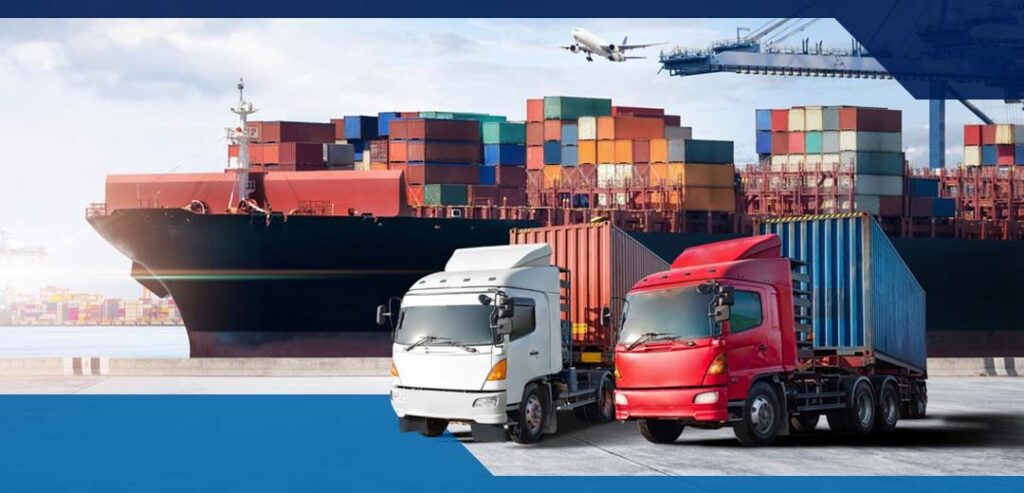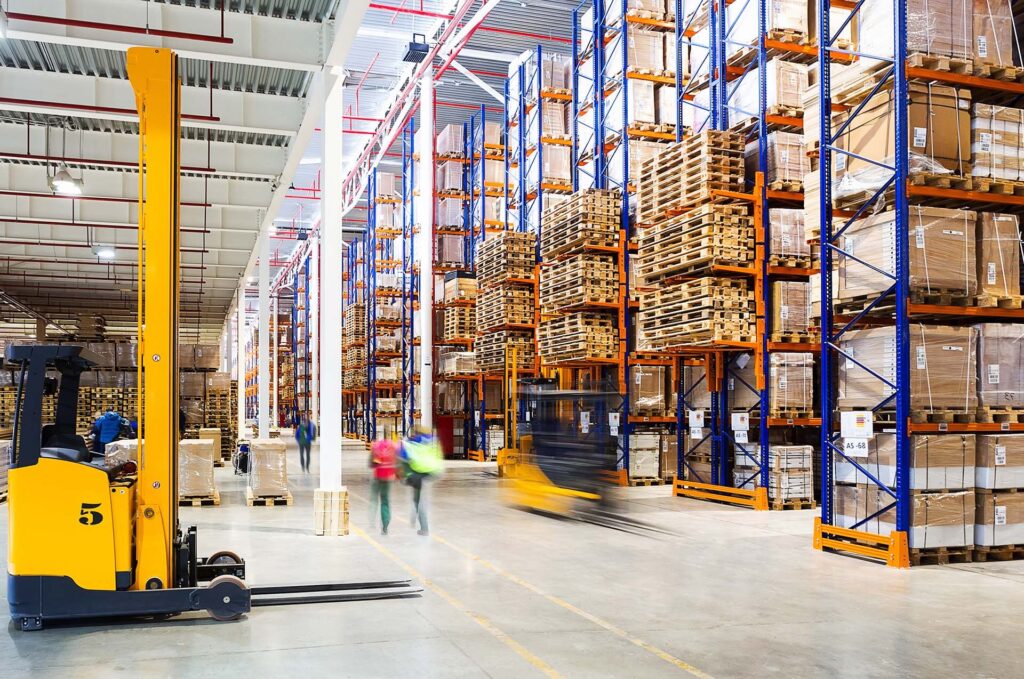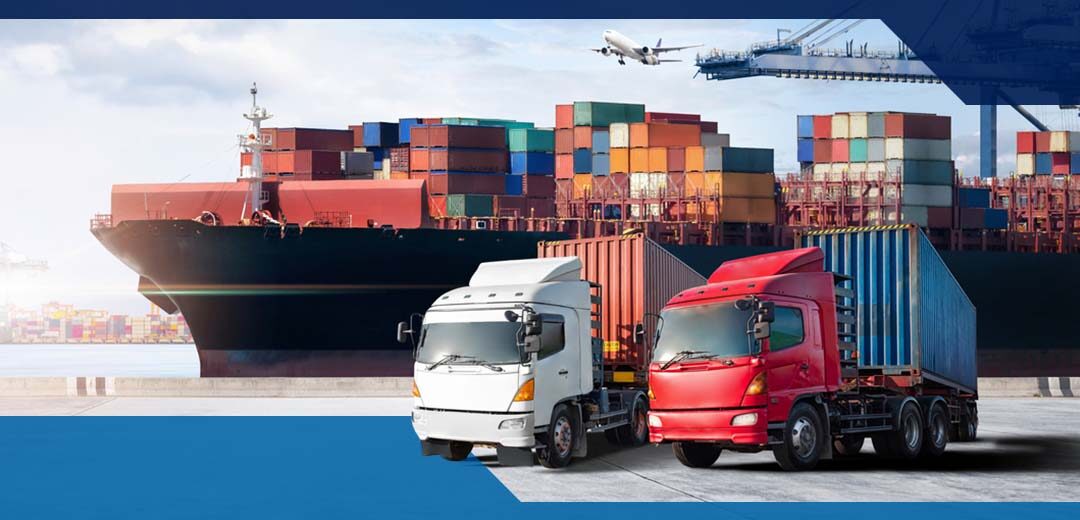The bustling trade route between China and South Africa is a vital artery in the global economy. Whether you’re a seasoned importer or a budding entrepreneur, navigating the complexities of ocean freight from China to South Africa can feel daunting. But fear not! This comprehensive guide will equip you with the knowledge and strategies to ensure your cargo arrives safely and cost-effectively.
Key Considerations When Shipping from China to South Africa
Before embarking on your ocean freight journey, consider these crucial factors:
- Cargo Type: The type of goods you’re shipping significantly impacts the chosen method. Bulky or heavy items like machinery are well-suited for Full Container Loads (FCL), while smaller consignments might benefit from Less Than Container Loads (LCL). Consider factors like weight, volume, and fragility.
- Delivery Timeframe: How quickly do your goods need to reach South Africa? Air freight offers the fastest transit times, but comes at a premium. Ocean freight provides a more budget-friendly option, but with longer lead times (typically 25-30 days).
- Budget: Ocean freight is generally the most economical method for transporting large volumes. However, don’t solely focus on the upfront cost. Factor in additional expenses like inland transportation, customs clearance, and potential insurance.
Choosing the Right Shipping Method for Your Cargo

Now that you’ve considered the key factors, let’s delve into the available shipping methods:
- Full Container Load (FCL): Ideal for large shipments that fill an entire container (20ft or 40ft). This provides greater security and control over your cargo.
- Less Than Container Load (LCL): A cost-effective option for smaller shipments that don’t require a full container. Your goods will be consolidated with other consignments in a shared container.
- Break Bulk: Suitable for oversized or project cargo that doesn’t fit within a standard container. This method involves specialized handling and often requires additional permits.
Understanding the Shipping Process and Documentation
The ocean freight process involves several crucial steps:
- Booking: Reserve space with a shipping line or freight forwarder. Provide details like cargo type, weight, and destination port.
- Packing and Labeling: Ensure your goods are securely packed to withstand a long ocean journey. Clearly label each package with complete details (contents, weight, consignee information).
- Customs Clearance: Prepare necessary documentation for South African customs, including commercial invoices, packing lists, and certificates of origin. Partner with a reputable customs broker to navigate this process efficiently.
- Port Handling and Inland Transportation: Arrange for the movement of your cargo from the origin warehouse to the port of loading and from the South African port to its final destination.
Customs Clearance and Import Duties in South Africa

South Africa has specific customs regulations and import duties. Be prepared to present the following documents for customs clearance:
- Bill of Lading (BOL): A document issued by the carrier confirming receipt of your cargo.
- Commercial Invoice: A detailed breakdown of the goods being shipped, including their value and origin.
- Packing List: An itemized list of the contents within each package, including quantity and description.
- Certificate of Origin: A document verifying the country where your goods were manufactured.
Tips for Efficient and Cost-Effective Shipping
- Plan Ahead: The earlier you initiate the shipping process, the smoother it will be. Secure quotes from multiple freight forwarders and compare rates beforehand.
- Consolidate Shipments: If you have multiple smaller shipments going to the same location, consider consolidating them into an LCL shipment to reduce costs.
- Negotiate Rates: Don’t be afraid to negotiate freight rates with shipping lines or forwarders, especially for larger volumes.
- Choose the Right Insurance: Protect your cargo with adequate marine insurance to cover potential damage or loss during transit.
Common Challenges and How to Overcome Them
Even the most meticulously planned shipments can encounter obstacles. Here’s how to tackle some common challenges:
- Delays: Unforeseen circumstances like bad weather or port congestion can cause delays. Maintain open communication with your freight forwarder to stay informed.
- Documentation Issues: Incomplete or inaccurate documentation can lead to delays at customs. Double-check all documents for accuracy before shipping.
- Damage or Loss: While rare, cargo damage can occur. Having proper insurance in place ensures you’re compensated for any losses.
Finding Reliable Freight Forwarders and Shipping Agents

A reliable freight forwarder acts as your partner, navigating the complexities of ocean freight from China to South Africa. Look for a company with experience on this route, a strong reputation for customer service, and competitive rates. Here are some key aspects to consider when selecting a freight forwarder:
- Experience: Choose a forwarder with a proven track record handling cargo on the China-South Africa route. Look for experience with your specific cargo type.
- Service Offerings: Ensure the forwarder offers a comprehensive range of services, including booking, customs clearance, inland transportation, and cargo insurance.
- Communication: Effective communication is crucial. Choose a forwarder that provides regular updates and is readily available to address your concerns.
- Competitive Rates: Obtain quotes from several freight forwarders and compare pricing structures. Don’t just focus on the bottom line; consider the value-added services offered.
The Final Voyage: Conclusion
With careful planning, the right shipping method, and a reliable partner by your side, navigating ocean freight from China to South Africa can be a smooth and successful endeavor. This guide has equipped you with the essential knowledge to make informed decisions and ensure your cargo reaches its destination efficiently and cost-effectively. Remember, successful ocean freight is all about meticulous planning, clear communication, and choosing the right partners. So, set sail with confidence and conquer the ocean!
Additional Considerations:
While this guide provides a comprehensive overview, it’s important to stay updated on the latest regulations and industry trends. Here are some additional resources to enhance your knowledge:
- South African Revenue Service (SARS): (Provides information on customs clearance procedures and import duties)
- China Council for the Promotion of International Trade (CCPIT): (Offers resources on China’s export regulations)
- Freight Forwarders Association (FFA): (Provides guidance on choosing and working with freight forwarders)
By utilizing this information and the strategies outlined above, you can ensure a successful and cost-effective ocean freight experience from China to South Africa. Now, go forth and conquer the world of international trade!





